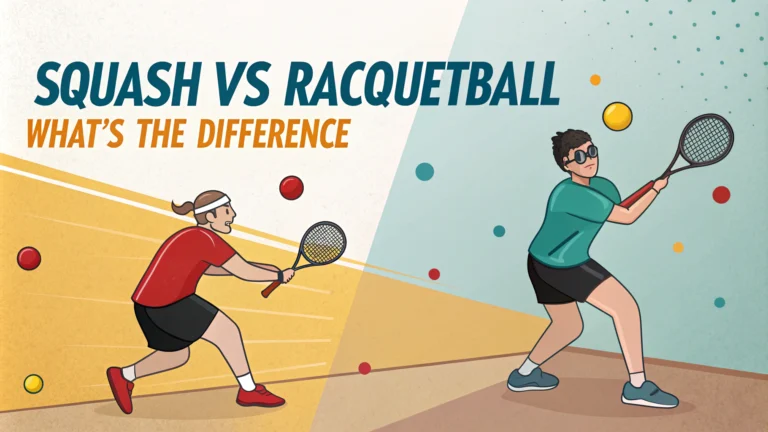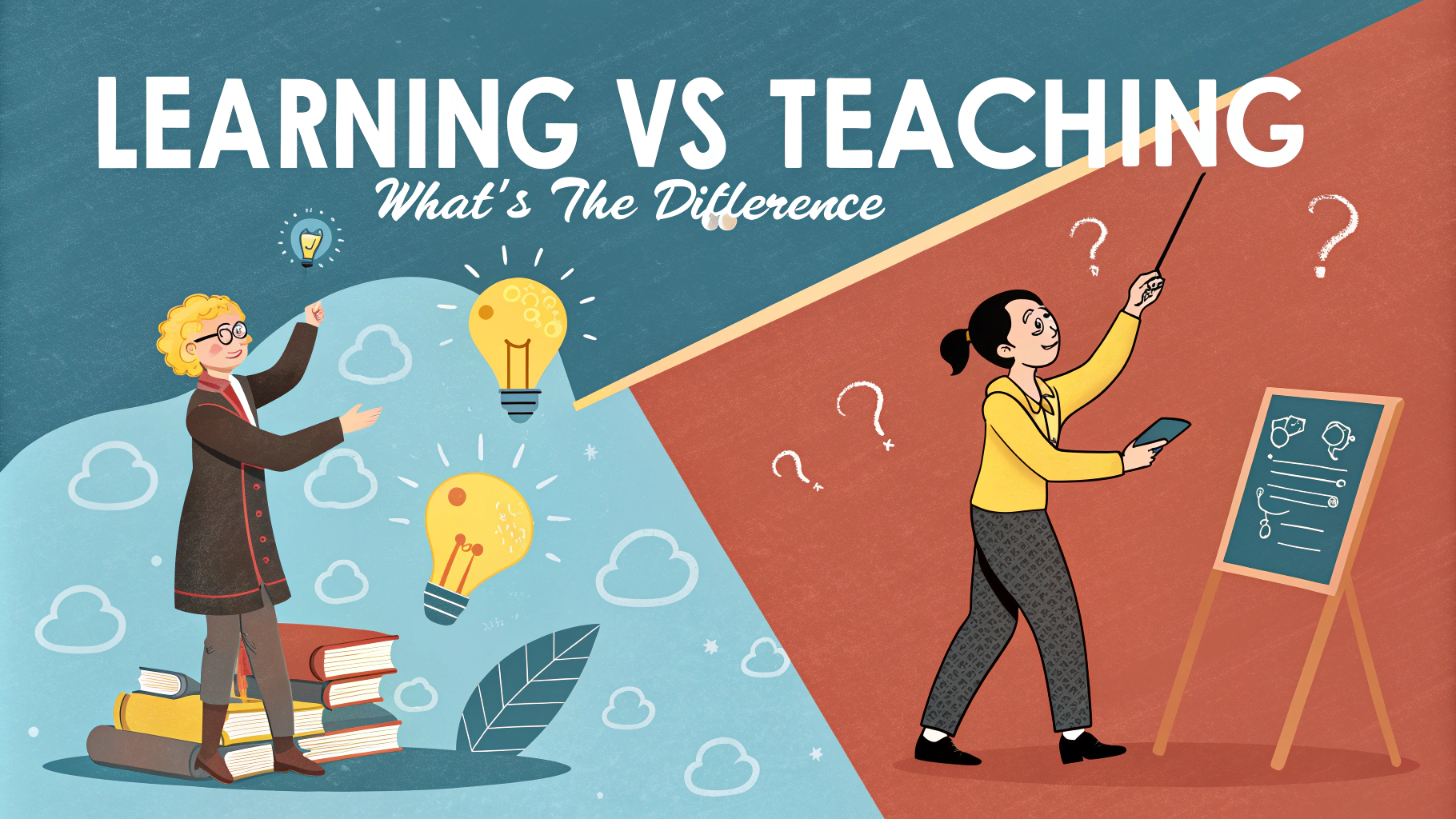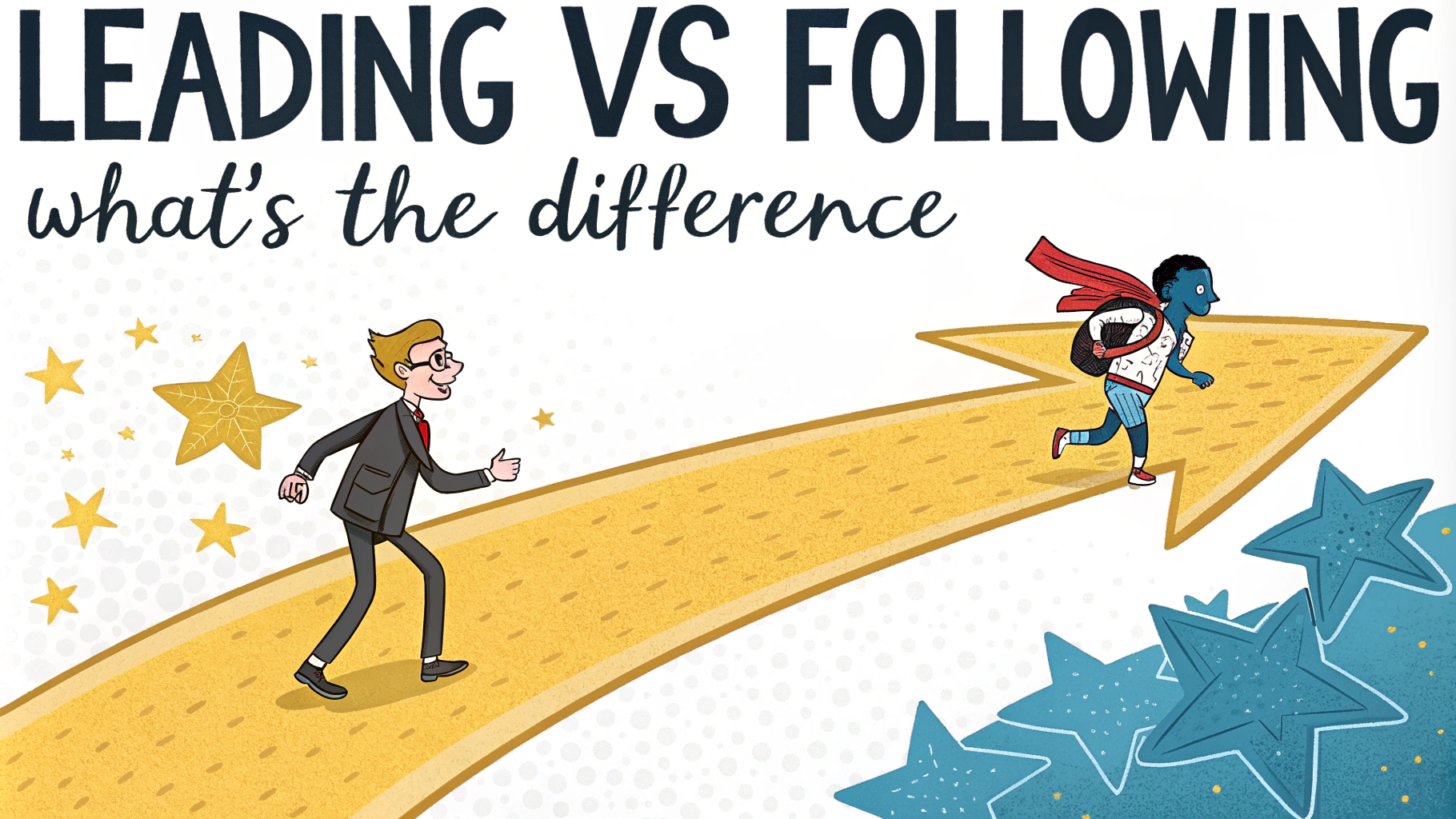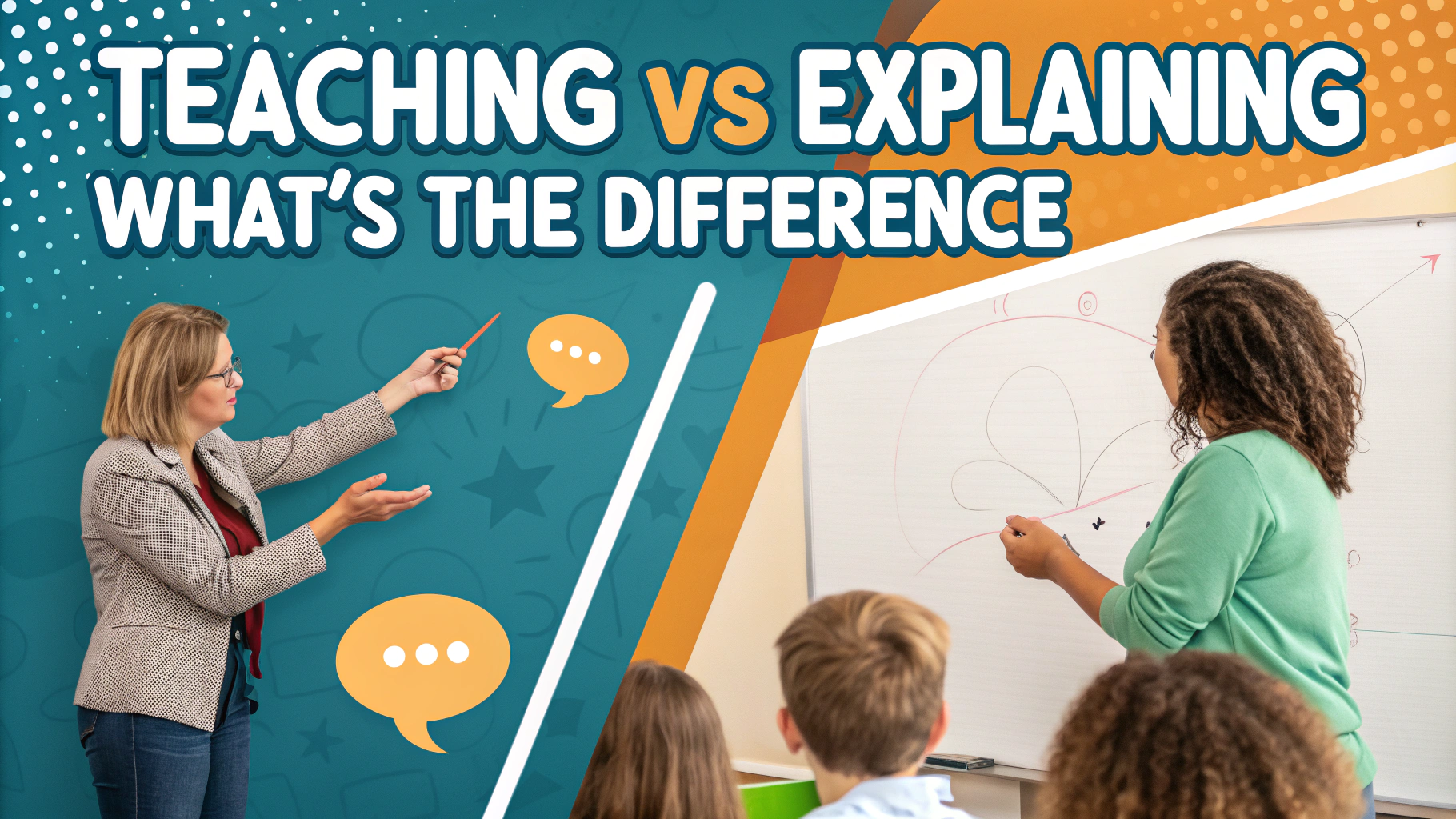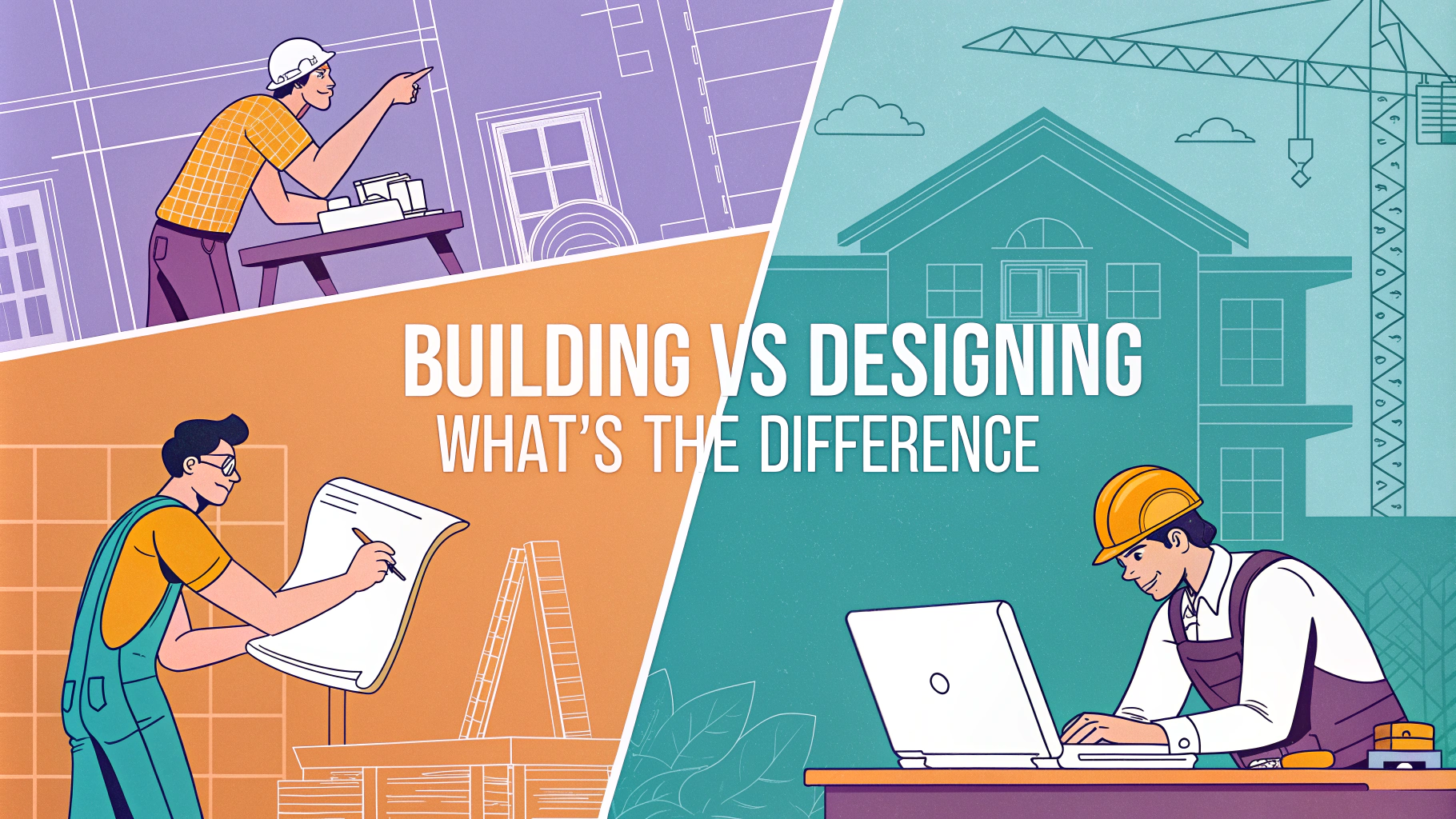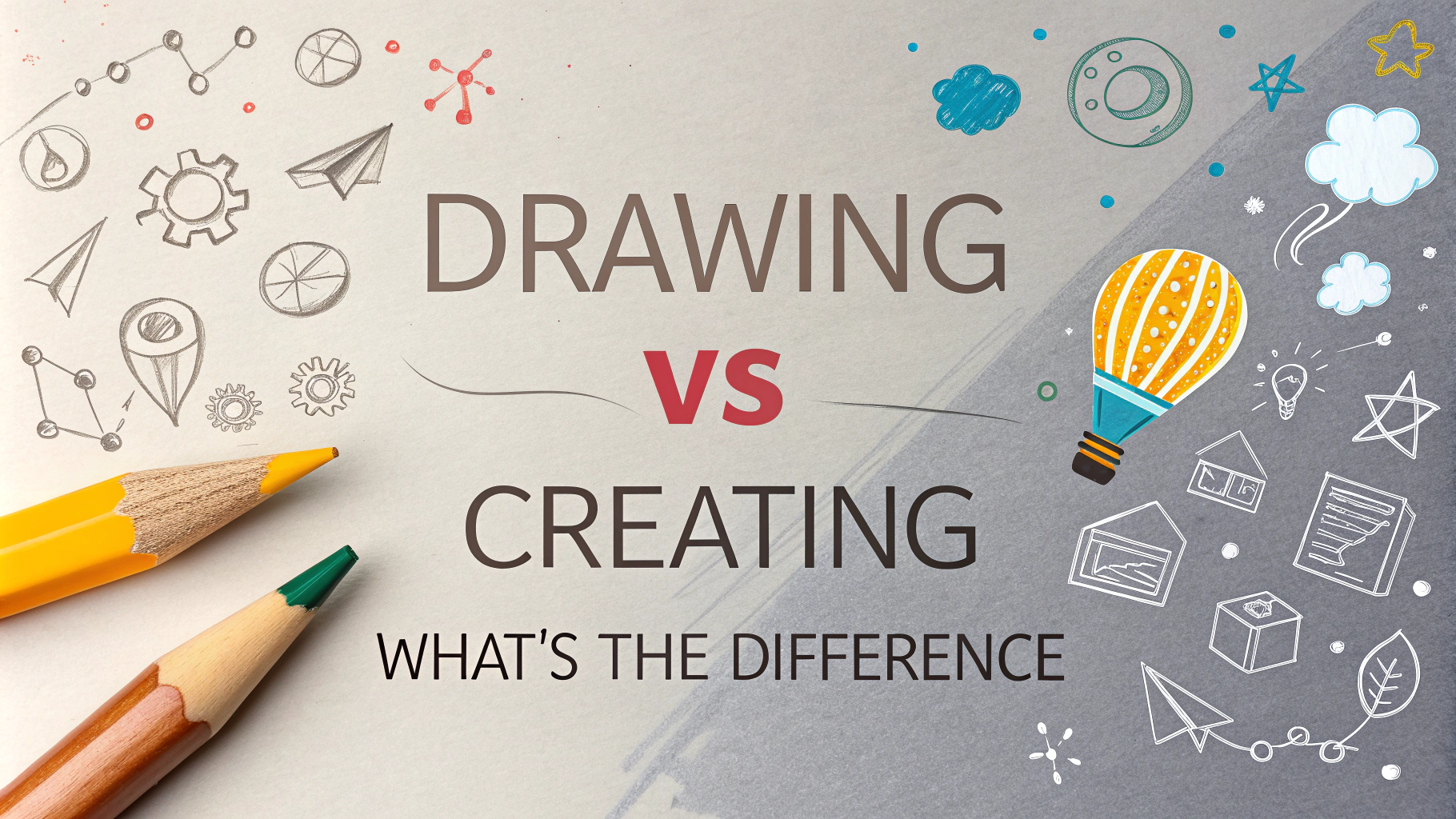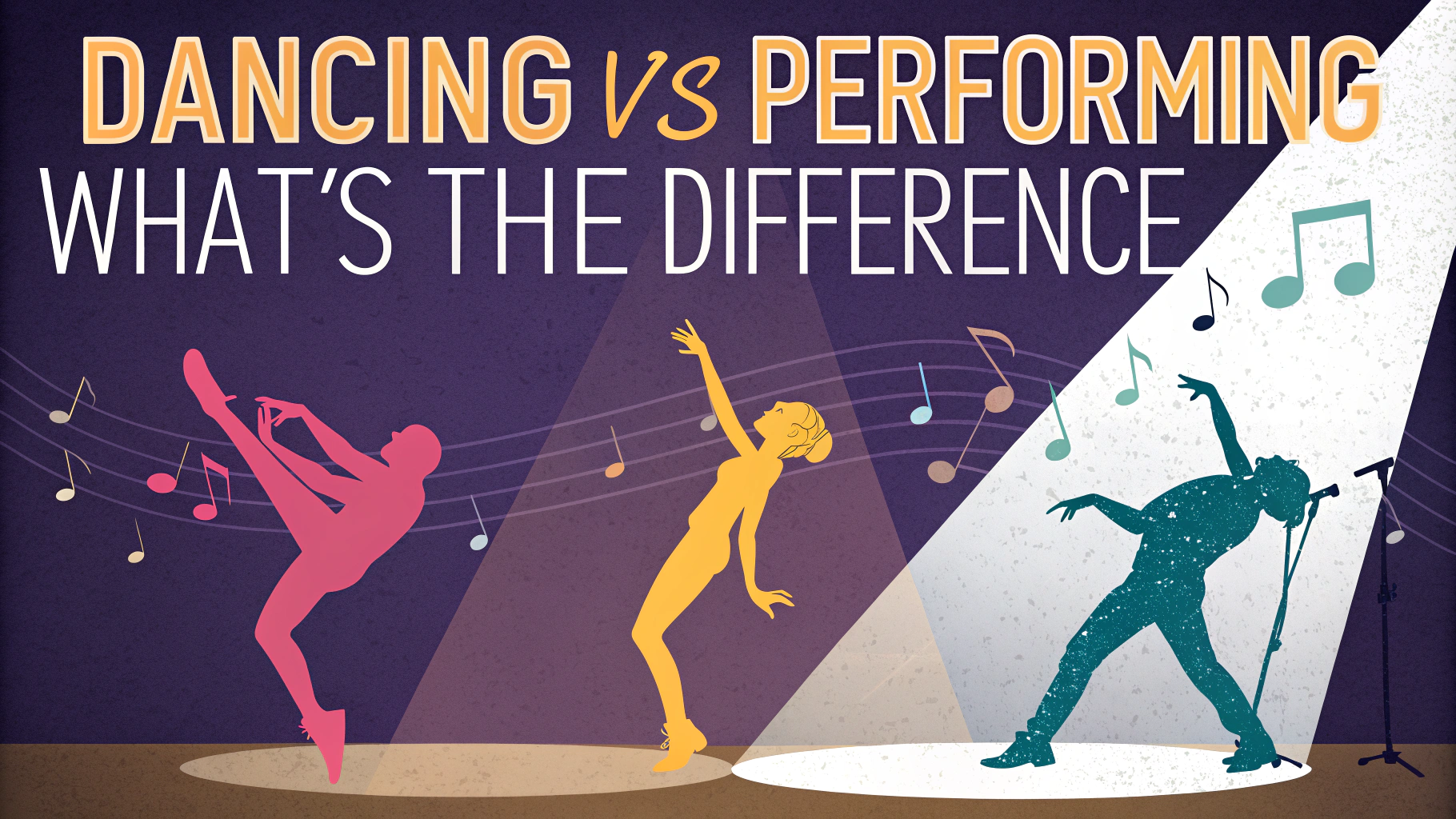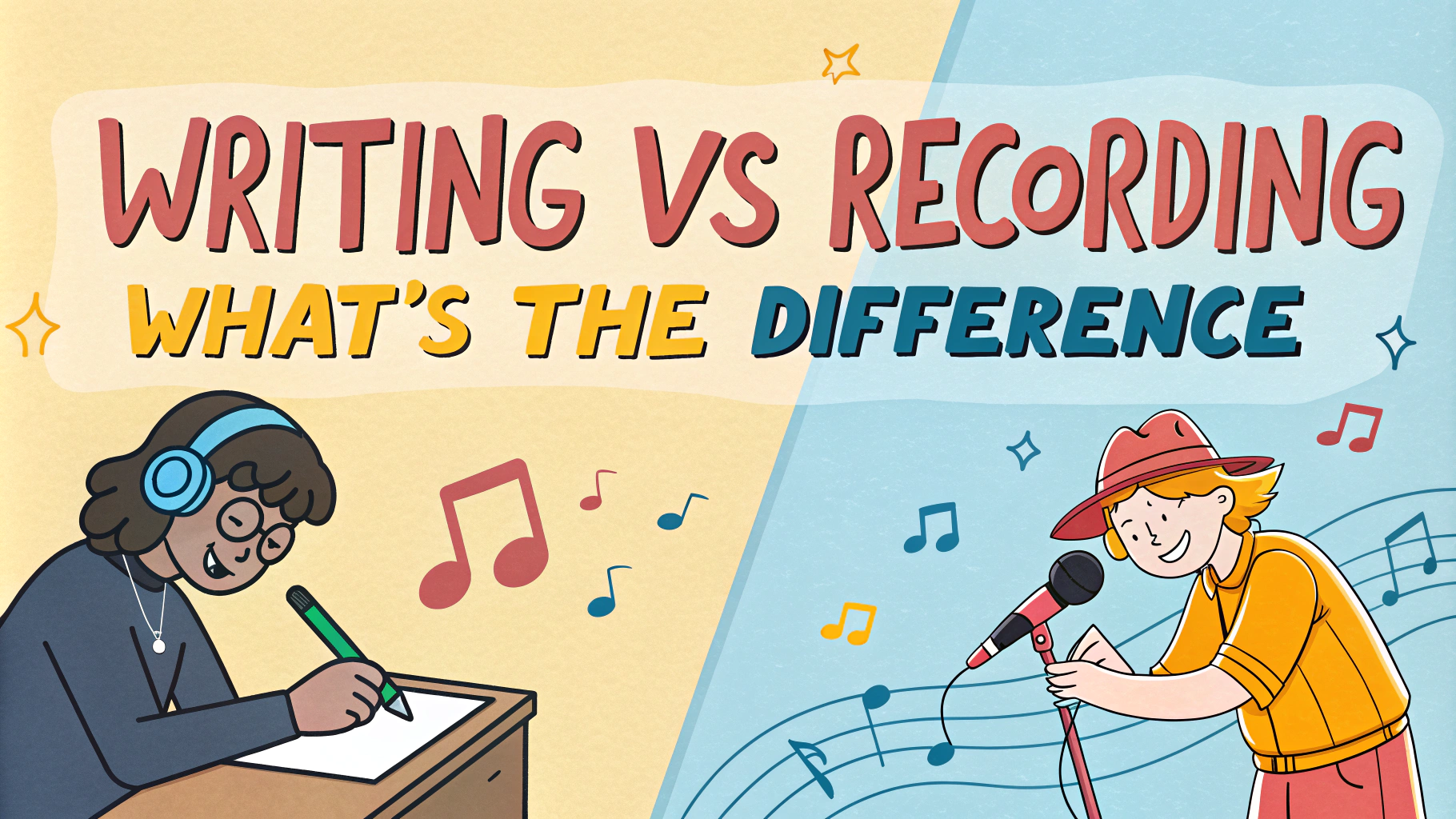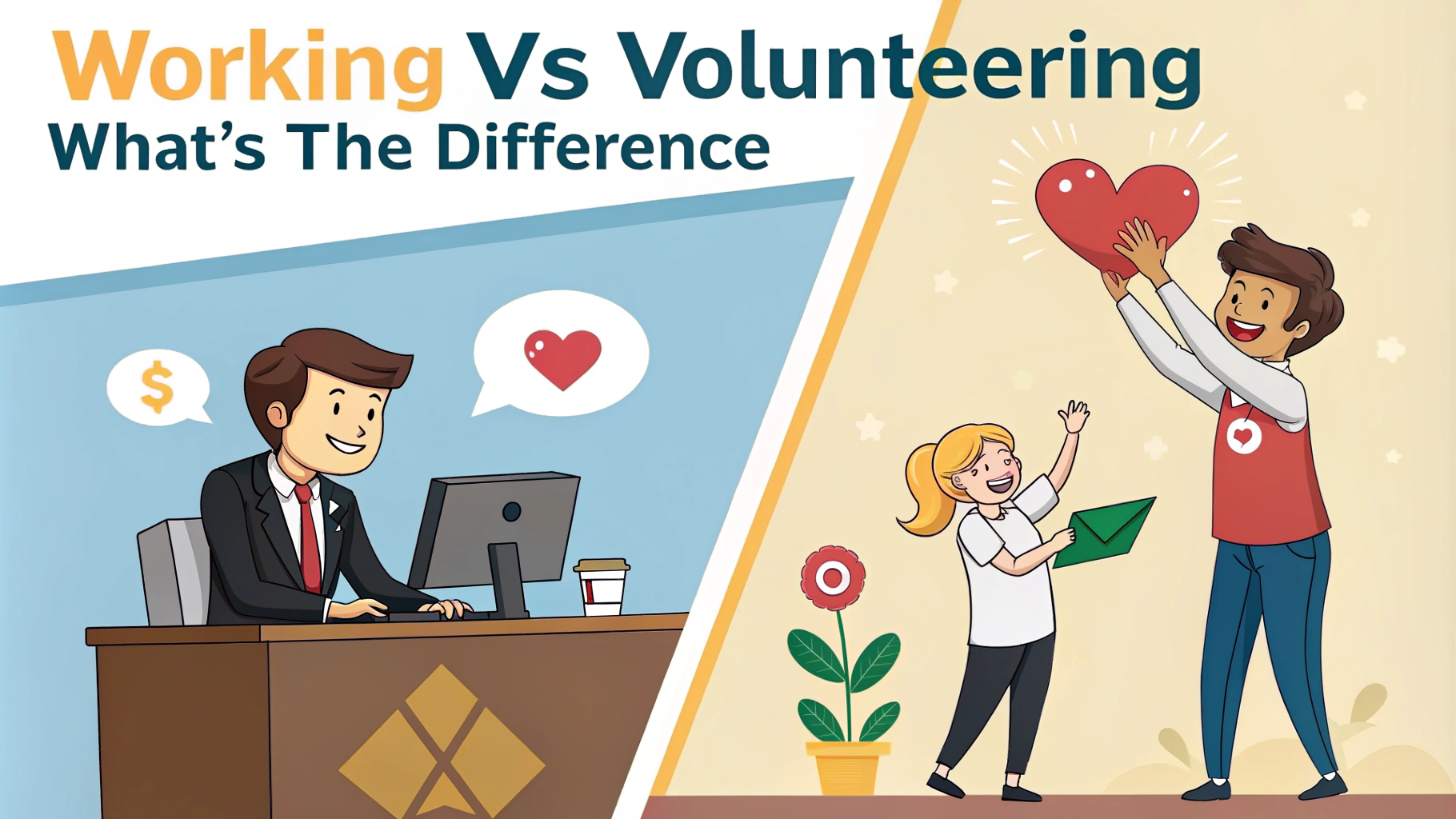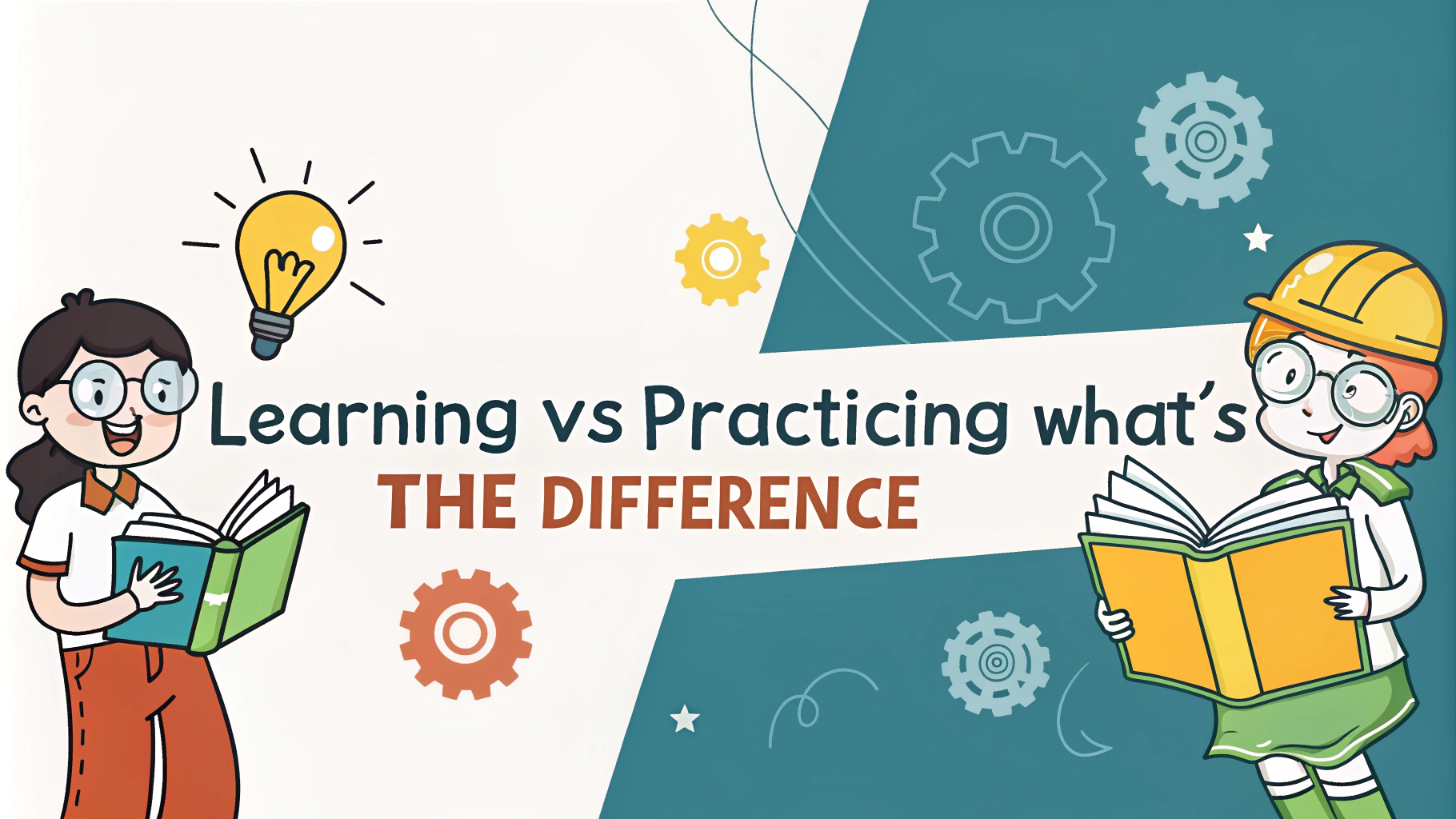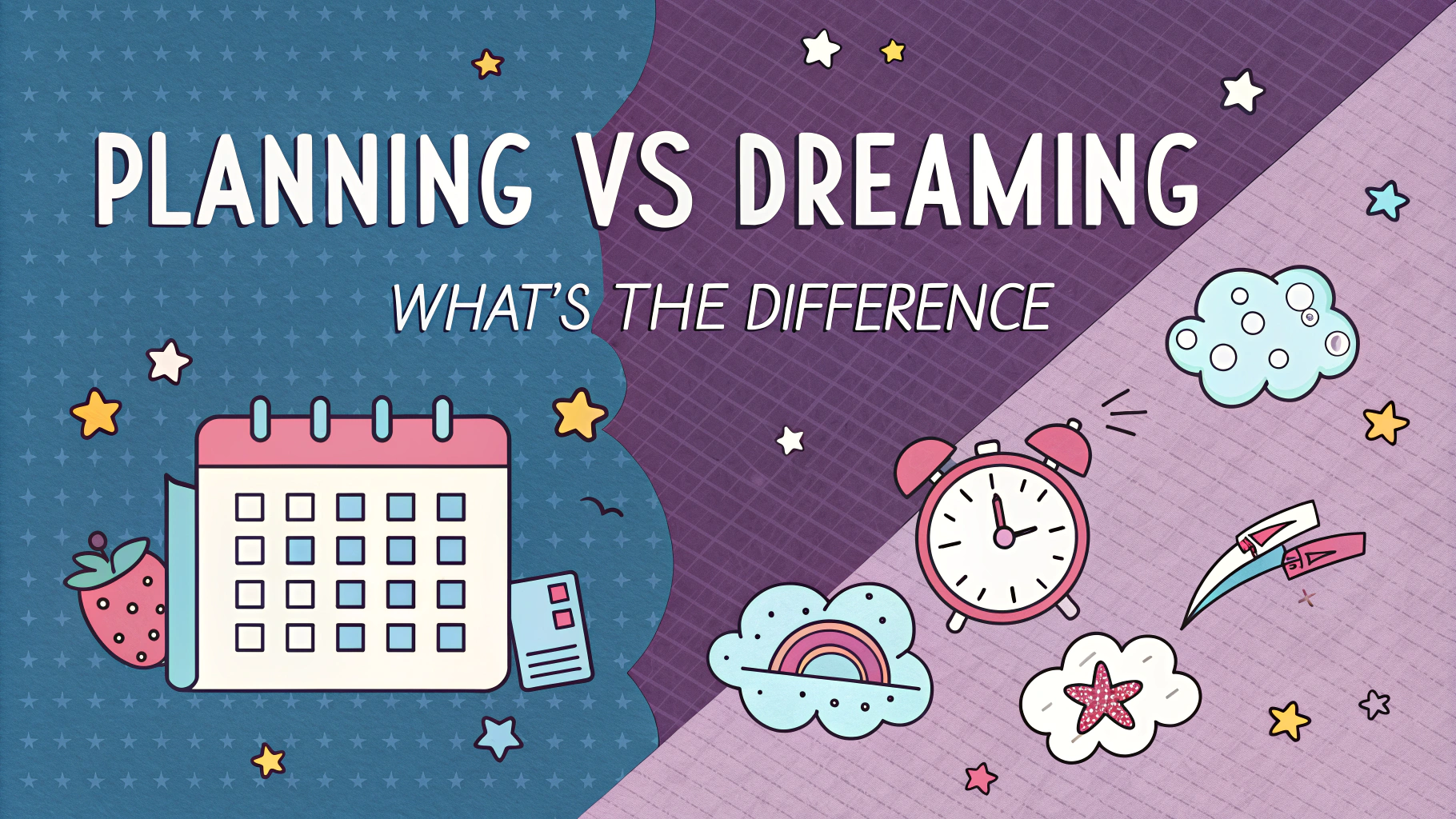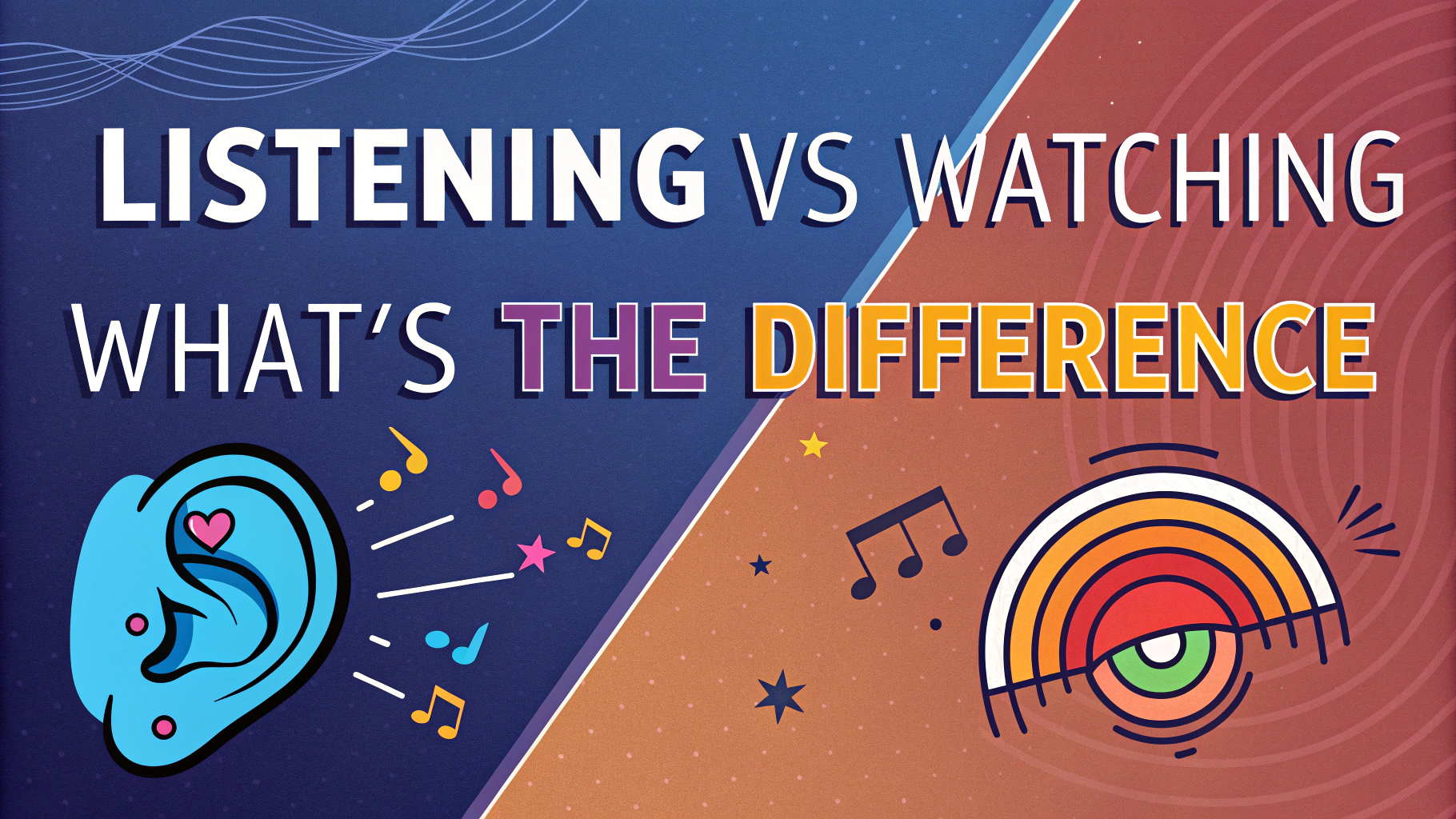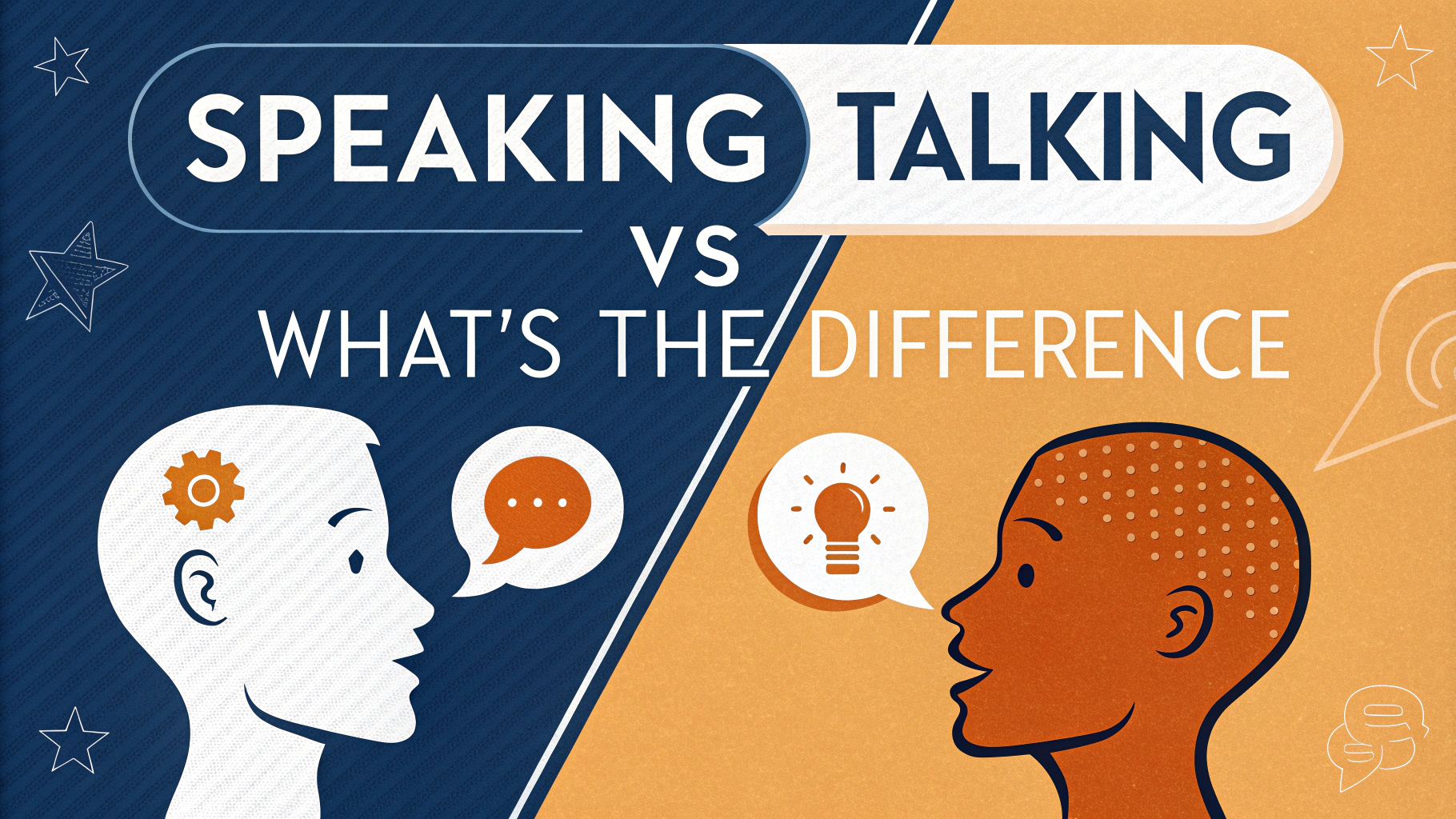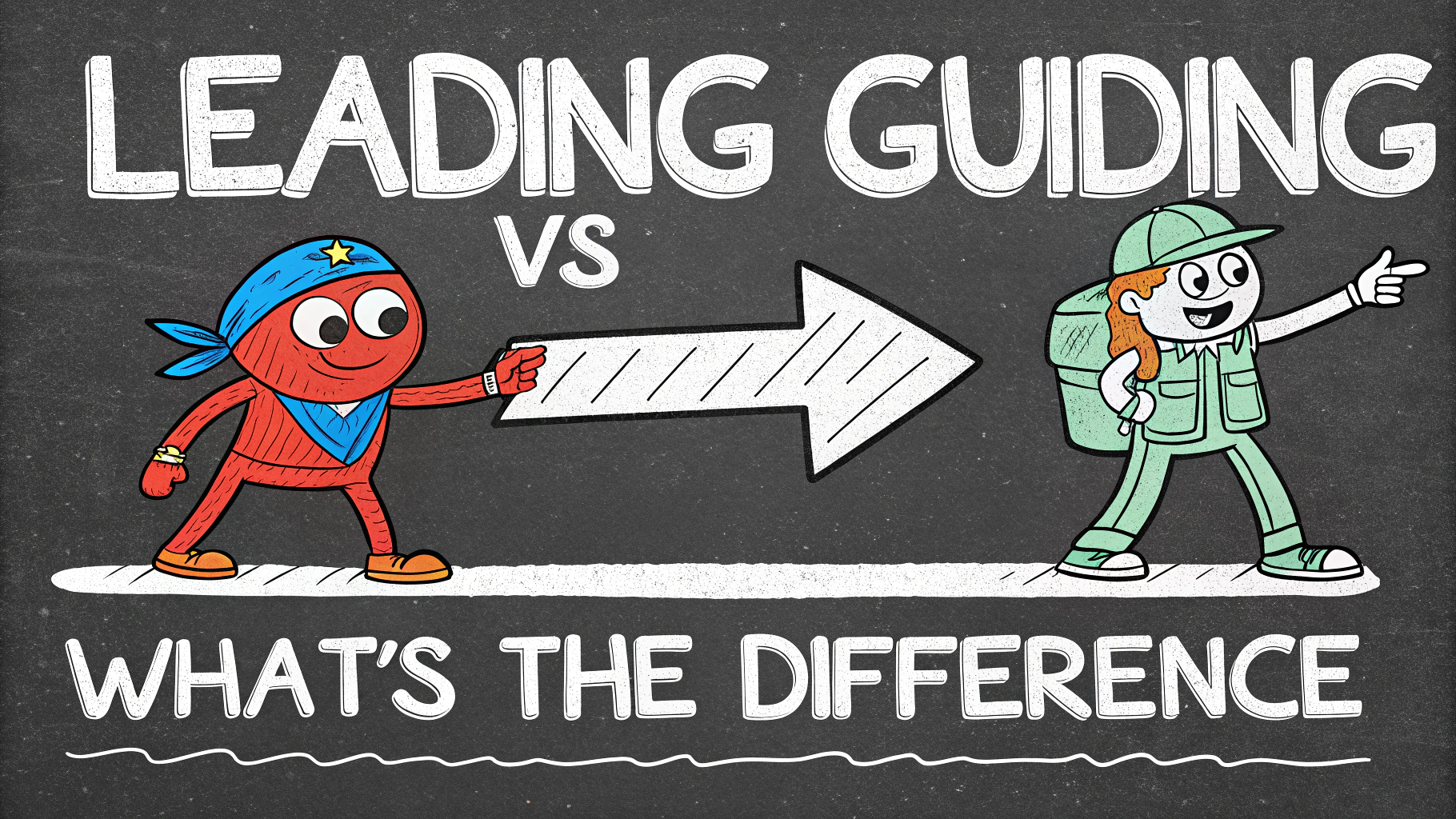Squash and racquetball are both fast-paced racquet sports played in enclosed courts, but they have distinct differences that set them apart. This guide will explore the key variations between these two popular games, helping you choose which one might be right for you.
Whether you’re a seasoned player looking to try something new or a beginner curious about racquet sports, understanding the nuances of squash and racquetball can enhance your appreciation for both games. We’ll cover everything from court dimensions and equipment to scoring systems and gameplay strategies.
Court Dimensions and Layout
The most noticeable difference between squash and racquetball lies in their court design:
- Squash court: Typically 32 feet long, 21 feet wide, and 18.5 feet high
- Racquetball court: Usually 40 feet long, 20 feet wide, and 20 feet high
Squash courts feature an out-of-bounds area at the front, while racquetball courts utilize the entire space. This difference significantly impacts gameplay and strategy.
Equipment and Ball Characteristics
The tools of the trade vary between these sports:
- Squash: Longer racquets (27 inches) with smaller heads; smaller, less bouncy balls
- Racquetball: Shorter racquets (22 inches) with larger heads; larger, bouncier balls
These equipment differences result in distinct playing styles and shot techniques for each sport.
Scoring Systems and Match Structure
Understanding the scoring methods is crucial for players and spectators alike:
- Squash: Point-a-rally scoring to 11 points (must win by 2); best of 3 or 5 games
- Racquetball: Rally scoring to 15 points; best of 3 games
The different scoring systems can affect match duration and intensity, with squash matches often lasting longer.
Gameplay and Strategies
Each sport requires unique tactics and skills:
- Squash: Emphasizes precision and control; players often use the front wall strategically
- Racquetball: Focuses on power and speed; allows for more creative shot-making using all walls
Squash typically involves longer rallies and more back-and-forth play, while racquetball can feature quicker points and more explosive movements.
Effective Training Techniques for Both Sports
Improving your skills in squash or racquetball requires dedicated practice. Here are some effective training techniques:
- Solo drills: Practice hitting the ball against the wall repeatedly to improve accuracy and control
- Footwork exercises: Enhance agility with ladder drills and quick direction changes
- Endurance training: Incorporate high-intensity interval training (HIIT) to boost stamina
- Strength training: Focus on core, leg, and arm exercises to increase power and stability
Consistency is key. Aim for regular practice sessions to see significant improvement in your game.
Health Benefits and Injury Prevention
Both squash and racquetball offer excellent health benefits:
- Cardiovascular fitness: Intense rallies provide an excellent cardio workout
- Muscle strength: Full-body engagement helps build and tone muscles
- Hand-eye coordination: Tracking and hitting the ball improves reflexes
- Stress relief: Physical activity releases endorphins, reducing stress levels
To prevent injuries, always warm up properly and use protective eyewear. Proper technique is crucial to avoid strain on joints and muscles.
Choosing Between Squash and Racquetball
Deciding which sport to pursue depends on several factors:
- Court availability: Check local facilities to see which courts are more accessible
- Physical preferences: Squash may suit those who enjoy endurance, while racquetball favors explosive movements
- Learning curve: Racquetball is often considered easier for beginners to pick up initially
- Social aspect: Consider which sport is more popular among your friends or local community
Try both sports if possible to see which one resonates with your playing style and fitness goals.
Community and Competitive Opportunities
Engaging with the sports community can enhance your experience:
- Local clubs: Join a squash or racquetball club to meet fellow enthusiasts
- Tournaments: Participate in local competitions to test your skills
- Leagues: Join recreational leagues for regular play and improvement
- Online communities: Connect with players worldwide through forums and social media groups
Both sports offer pathways to competitive play, from amateur to professional levels. Research opportunities in your area to get involved.
Conclusion
Squash and racquetball offer unique challenges and rewards. Whether you prefer the precision of squash or the power play of racquetball, both sports provide excellent workouts and opportunities for skill development.
Consider trying both to find your perfect match. Remember, the best sport is the one you enjoy and will play consistently. Whichever you choose, embrace the learning process, stay committed to improvement, and most importantly, have fun on the court.
FAQs: Squash vs. Racquetball
1. What are the main differences between squash and racquetball?
The key differences include:
- Court size: Squash courts are smaller
- Racquet size: Racquetball racquets are shorter
- Ball: Squash balls are smaller and less bouncy
- Scoring: Different point systems
- Serving: Distinct serving rules
2. Which sport burns more calories, squash or racquetball?
Both sports are excellent for calorie burning. However, squash typically burns more calories due to its faster pace and more frequent direction changes.
3. Is squash or racquetball easier for beginners?
Racquetball is generally considered easier for beginners due to the larger racquet head and bouncier ball, making it more forgiving for new players.
4. What are the injury rates in squash compared to racquetball?
Both sports have similar injury risks. Common injuries include:
- Ankle sprains
- Knee strains
- Elbow tendinitis
Proper warm-up and technique can help prevent injuries in both sports.
5. How do the racquets differ between squash and racquetball?
| Feature | Squash Racquet | Racquetball Racquet |
|---|---|---|
| Length | 27 inches | 22 inches |
| Head size | Smaller | Larger |
| String pattern | Denser | More open |
6. Which sport is more popular worldwide, squash or racquetball?
Squash is more popular globally, with a stronger presence in countries like Egypt, England, and Pakistan. Racquetball is more popular in North America.
7. Can squash players easily transition to racquetball and vice versa?
While some skills transfer, players may need time to adjust to the different court sizes, ball behavior, and game strategies. Transitioning from racquetball to squash is often more challenging due to squash’s faster pace.
8. What are the main strategies in squash vs. racquetball?
Squash strategies often focus on controlling the T-area and using precise shots. Racquetball strategies typically involve powerful shots and utilizing the entire court, including ceiling shots.
9. How do the serving rules differ in squash and racquetball?
In squash, serves must hit the front wall above the service line and land in the opposite back quarter court. Racquetball allows for more varied serves, including ceiling and side wall serves.
10. Which sport requires more endurance, squash or racquetball?
Squash generally requires more endurance due to its faster pace, smaller court, and longer rallies. However, both sports provide excellent cardiovascular workouts.
11. Are there professional leagues for both squash and racquetball?
Yes, both sports have professional leagues:
- Squash: PSA World Tour
- Racquetball: International Racquetball Tour (IRT) and Ladies Professional Racquetball Tour (LPRT)
12. How do the costs of equipment and court fees compare between squash and racquetball?
Equipment costs are generally similar for both sports. Court fees can vary by location, but are often comparable. Some facilities offer both types of courts for the same price.
13. Can the same protective eyewear be used for both squash and racquetball?
While some eyewear may be suitable for both sports, it’s essential to use protective eyewear specifically approved for each sport to ensure proper safety standards are met.

